Drop in Pell Funds Hurts Black Students, Southern Colleges
Share
Explore Our Galleries
Breaking News!
Today's news and culture by Black and other reporters in the Black and mainstream media.
Ways to Support ABHM?
By Sara Weissman, Inside Higher Ed
A new report found that federal disinvestment in Pell Grants hit higher ed in Southern states hard. It also likely played a role in plummeting Black student enrollments.

Federal funding for Pell Grants, and the number of awards given, plummeted between fiscal years 2011–12 and 2021–22. Black student enrollment in public colleges and universities plunged by nearly a half million students over that same period. A new report, produced by the University of Alabama’s Education Policy Center for the Southern Education Foundation, suggests the declines in financial aid and Black students attending college are linked.
The report, released Tuesday, traced trends in Pell Grant funding over decades and showed how these fluctuations dealt a disproportionate blow to the South’s rural and majority-Black public higher education institutions and their students. Researchers drew on data from the Integrated Postsecondary Education Data System and 47 Pell Grant end-of-year reports from the U.S. Department of Education.
The analysis found that Pell funding more than doubled between 2007–08 and 2011–12, from $14.7 billion to $33.6 billion; the number of awards grew from 5.5 million to 9.4 million. At the same time, enrollments and Pell recipients hit record highs at community colleges, regional and flagship universities, and historically Black college and universities. Researchers partly credited the 2009 American Recovery and Reinvestment Act, which required states to level-fund higher ed during the Great Recession, staving off skyrocketing tuition and allowing Pell Grants to go farther.
[…]
Making matters worse, researchers found, the maximum Pell Grant hasn’t kept up with college costs—let alone the average Pell award. (The report found at least 70 percent of Pell recipients don’t get the maximum amount.) For example, the average Pell Grant in fiscal year 2021–22 was $4,685, compared to the maximum amount of $6,495. Neither would cover the full cost of tuition and fees for the average full-time community college student in Alabama, the report noted.
The maximum Pell Grant has also fluctuated over the years; Congress increased the amount 32 times, flat-funded it 13 times and cut it three times between 1974–75 and 2021–22. (This year, Senate Republicans averted a cut to the maximum grant award proposed by the Trump administration.)
But the inconsistency of federal Pell funding hasn’t been felt equally across the country. The report argued that these dynamics likely contributed to steep Black student enrollment declines in the South and nationwide. And losses of Pell funding and enrollment drops hit the South’s most underresourced institutions—including rural community colleges and majority-Black colleges—especially hard.
Read breaking news about the experience as a Black American.

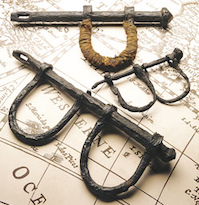
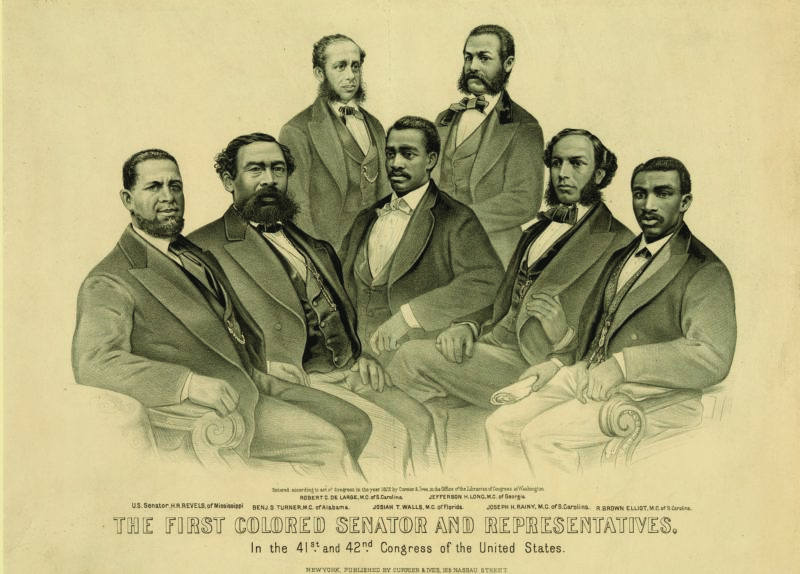
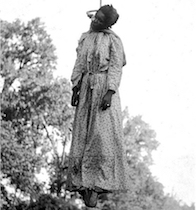
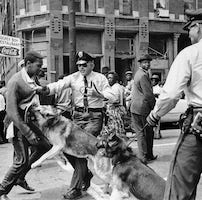
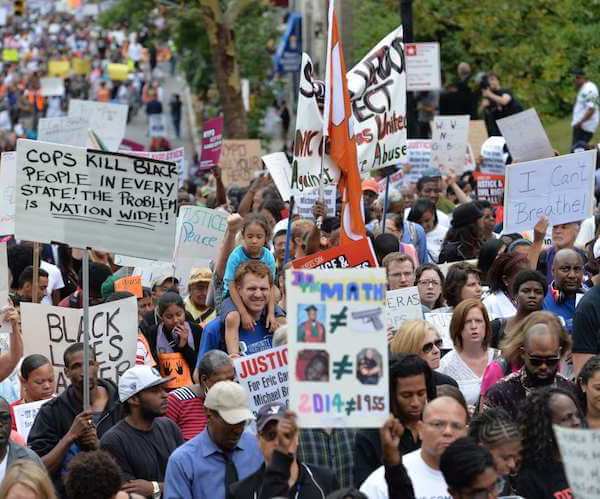
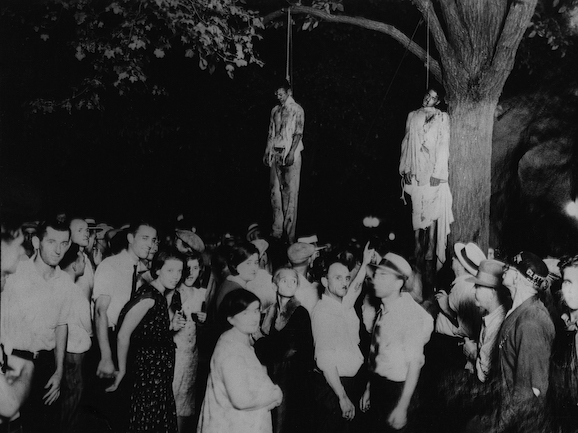


Comments Are Welcome
Note: We moderate submissions in order to create a space for meaningful dialogue, a space where museum visitors – adults and youth –– can exchange informed, thoughtful, and relevant comments that add value to our exhibits.
Racial slurs, personal attacks, obscenity, profanity, and SHOUTING do not meet the above standard. Such comments are posted in the exhibit Hateful Speech. Commercial promotions, impersonations, and incoherent comments likewise fail to meet our goals, so will not be posted. Submissions longer than 120 words will be shortened.
See our full Comments Policy here.